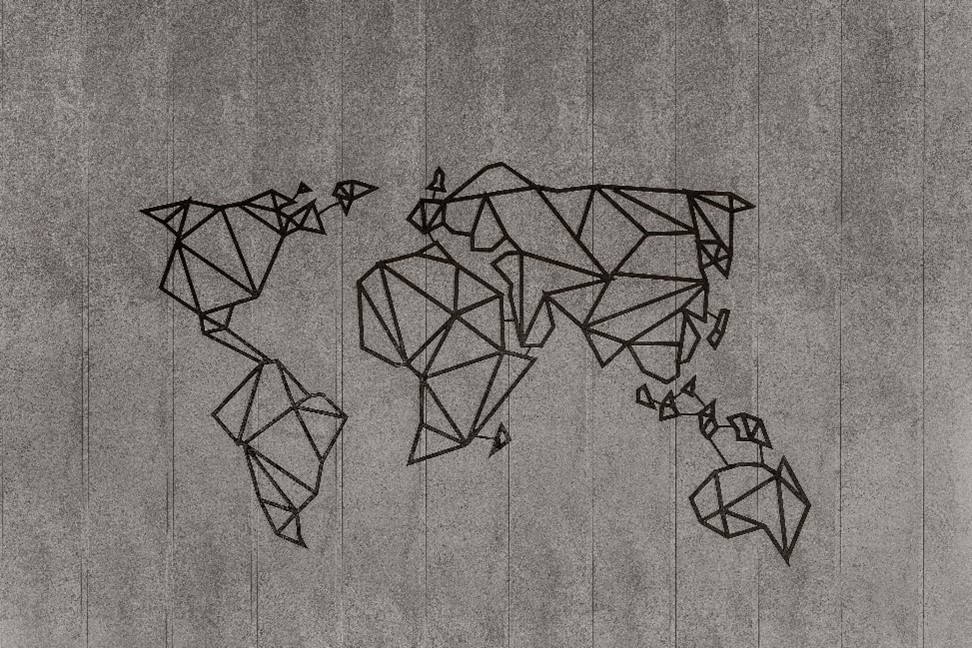Blog
The Social Impact Travels of the Global Diplomacy Lab
A brief exploration of how the GDL encompasses the message and essence of a book entitled “Crossing Boundaries: A Traveler’s Guide to World Peace”
I finally managed to read “Crossing Boundaries: A Traveler’s Guide to World Peace” written by Palestinian author and peace activist Aziz Abu Sarah, someone known to the GDL through the BMW Foundation Responsible Leaders Network. I finished the book in just 10 hours and even before reaching the end, I posted my initial thoughts on it, but as I read on, I kept reflecting on strands of thoughts that echo throughout the book:
- the idea of traveling with purpose;
- traveling not only outside of your own country but in your own neighbourhood;
- learning new things from your surroundings and your environment, finding that special tour that goes beyond what a typical tour guide might offer.
With these thoughts came the realisation that I was fortunate enough to experience this kind of travel during my very (some might say over) active days with the GDL from 2015 to 2018.
I’ve often introduced myself as the most undiplomatic diplomat that you will ever meet and if that’s the case then the GDL is perhaps the most undiplomatic approach to diplomacy you will ever encounter. I make this comment in the most positive fond reflection of course! Allow me to explain.
Every time I attended a lab whether in Berlin (where I was serving on diplomatic posting for 4 years) or elsewhere, the experience was different.
Let’s stop for a moment to reflect on Berlin and let’s do so through the lens of Aziz’s book. Remember that the book’s subtitle is “A Traveler’s Guide To World Peace”. In the book he recommends that when you travel, you should stay away from “normal touristy” attractions. As a resident in Berlin before, during and after my time in GDL, I did of course visit these standard attractions. They were great but the real attractions were the peace kitchens and walking whilst exploring a neighbourhood not far from where I worked in Tiergarten Strasse and had my hair cut. With GDL, which organised a guided walk focusing on graffiti, that neighbourhood opened up a fascinating new world of graffiti (the third leg of hip-hop, my other passion). The graffiti walk gave me a different and deeper insight into Berlin, a city that I called home for four years but were it not for GDL I would not have explored the city beyond the pomp and ceremony of traditional diplomacy. Had it not been for that graffiti walk, I would not have remembered how, when growing up, hip-hop influenced my desire for social justice and righting the wrongs of apartheid in South Africa.
My first lab was in the summer of 2015 in Istanbul and it ended with an amazing evening cruise (or do I mean party?) on the Bosporus with a young jazz singer who was around 15 years old. Her voice was reminiscent of Nina Simone and Alicia Keyes and she was accompanied by a Count Basie quartet. This brings me to the Lab in Buenos Aires in June 2017. When people ask me about my time there, they ask if I went to all the touristy places and if I saw a live tango show. To the first question, the answer is a definite and resounding “NO!” but, to the second there’s a “weeeeell kinda ish yeah but certainly not in the way you would imagine”. But never mind that. GDL members Banu Pekol and Julie August took to the floor first and showed us their classy tango moves but there was a local dance group and some dancers in wheelchairs. All totally mind-blowing!
Now of course I am highlighting the “fun” aspects of it all: tango, hip-hop, jazz, singing and so on. But am I really?
Consider how different all these “fun activities” are. Consider the impact of seeing someone abled partnering with someone in a wheelchair to tango and then consider how this would impact your thinking about “memorial sites and mass atrocities.” Consider how that 15-year-old jazz singer on the Bosporus relates to “Fragmentation v. Integration – Towards a More Inclusive Global Order”.
Consider that when I am out and about as a “traditional” diplomat attending conferences focusing on serious issues such as “Fragmentation v. Integration” or “Strategies for
Overcoming Urban Violence”, I am used to discussions that involve me wearing a suit and tie, delving deep into traditional “points of order” and lobbying my country’s position with other like-minded people. Through the GDL though and due to its very undiplomatic approach, I have learned to consider my profession in an out-of-the-box manner and even where I am right now in Saudi Arabia doing bilateral work, to deal with my projects in a way that best reflects this while maintaining a high level of professionalism.
Aziz’s book for me as a “traditional diplomat” who comes from nothing is the best guide to traveling with a purpose of social justice and agency, to approach global issues in a way that allows for those most deeply affected by the pain in our society to be heard where traditionalists normally don’t have the time to listen. If that sounds like GDL and you’re part of it: well done my friend, welcome to one of the most positive changes of travel you will ever experience and grow in!
WHOO! WHOO!
About the author:
Imran Simmins is a South African diplomat, covering issues related to South Africa’s position on science and technology in several different multilateral organizations and supporting projects dealing with the repercussions of apartheid and other forms of injustice.
Published on August 30, 2022.
